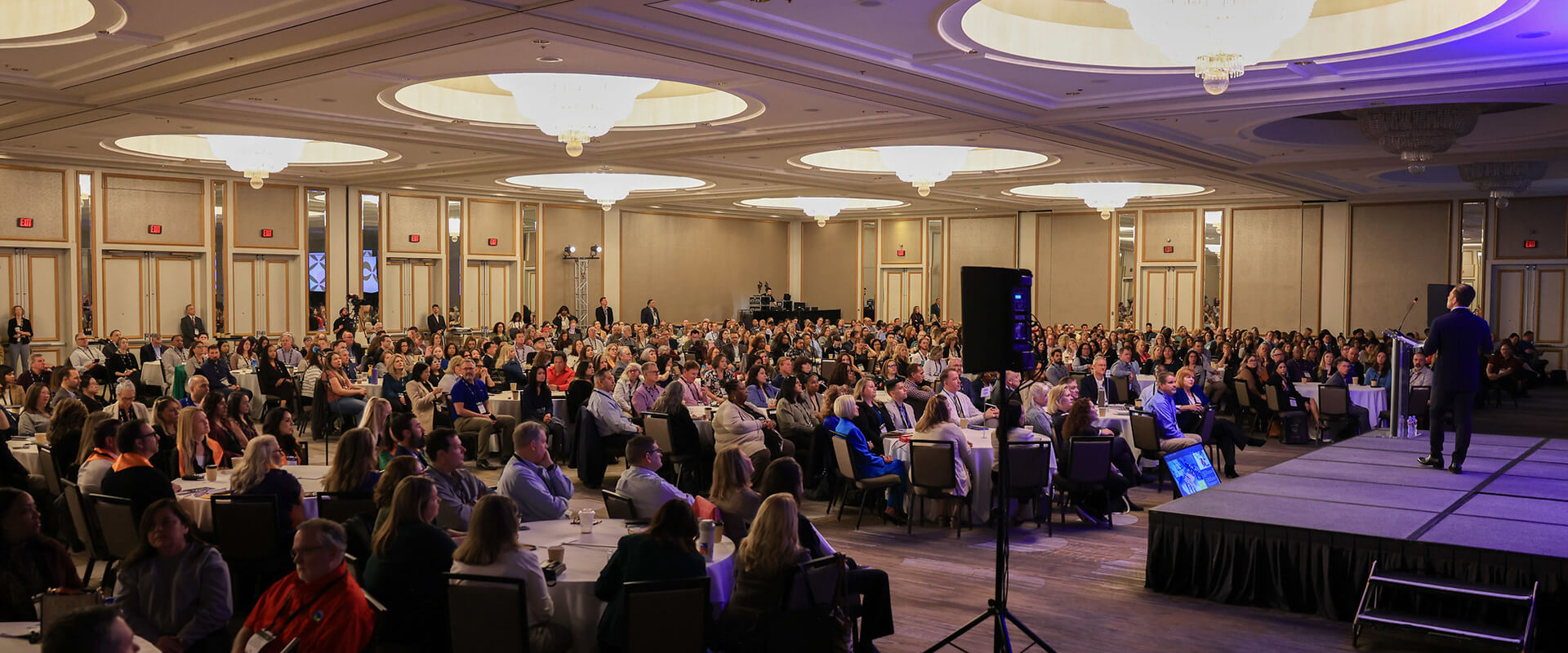In California in 1862, the area between Sacramento and San Francisco became, in effect, an inland sea of about 300 miles long by 30 miles wide after 40 to 45 straight days of rain.
That area is now home to millions of people and the state Capitol. What would happen if that type of rain event occurred in the near future, and what’s the likelihood? The answer to the first question is, there would be complete devastation. In looking for an answer to the second question scientists invoke a phenomenon they’re calling “precipitation whiplash.”
This refers to the rapid transitions between precipitation extremes and the opposite — so a heavy season of rain followed immediately by drought or vice versa. This, scientists say in a study published in the scientific journal, Nature Climate Change, is what California can expect in its future because of the warming climate.
It means that severe rain or drought will be concentrated in more narrow intervals of time than they have been traditionally. It means, possibly, more extreme flooding events and more drought.
California already has a climate characterized by wide swings between wet and dry both from year to year and within a year, according to Daniel Swain, a co-author of the study and a Postdoctoral Fellow at UCLA’s Institute of the Environment and Sustainability Center for Climate Science.
“California has summer drought, it really doesn’t rain here during the summer, but the winters are pretty reliably wet,” he said. “But what we expect across all these time scales — between years and within years — is these wet to dry swings and vice versa will become even bigger.”
A more intense drought could have extreme effects on the state, but it would be more economical and ecological. Droughts usually don’t kill people in well-developed countries. The risk of flood, however, could be devastating and the state is at more risk of a catastrophic flood, like the one in 1862, than its residents realize.








